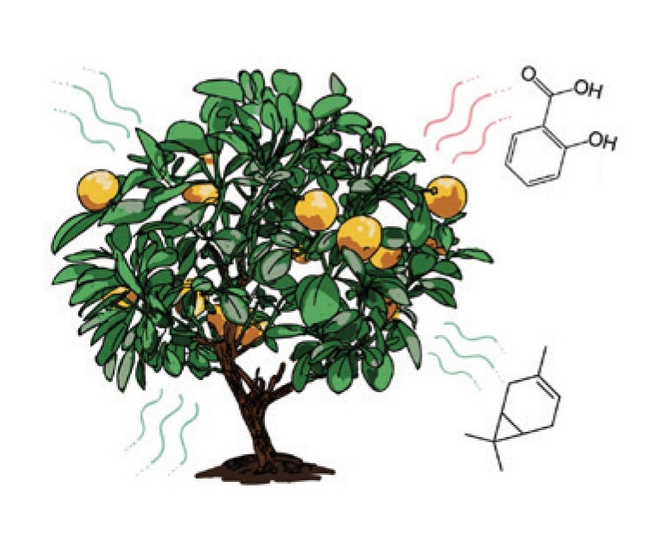Citrus trees emit volatile compounds, or odors. HLB changes these odors.
What happens once an odorprint shows the presence of HLB? Visit the Research Snapshot to learn more.
About Research Snapshots
We have developed short, descriptions of research projects that aim to help in the fight against HLB. These projects include traditional breeding and genetic engineering to create resistant citrus varieties, psyllid modification, using other organisms to deliver HLB-resistance genes, and early detection of the bacterium in trees.



